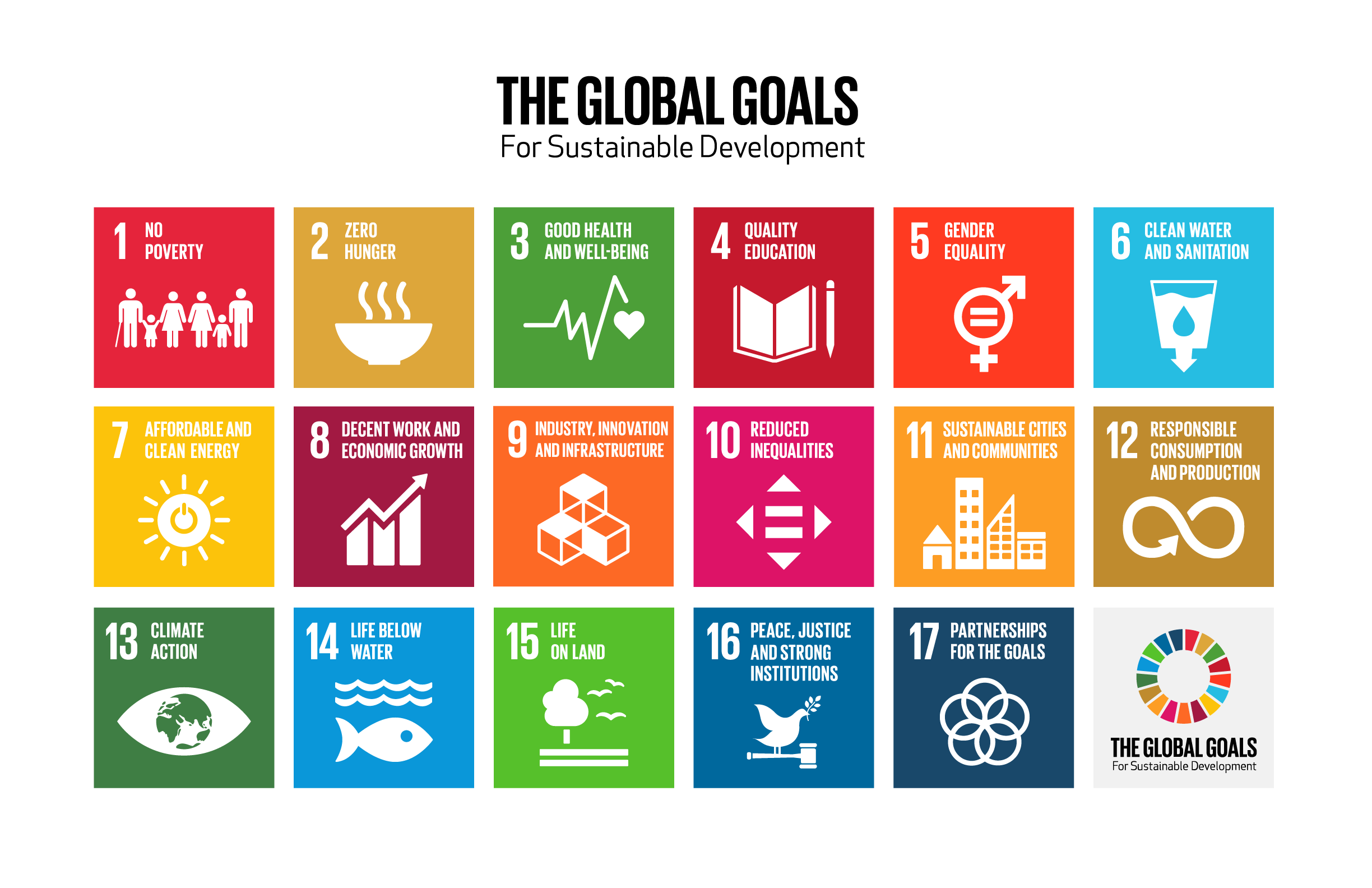Active Modes and Sustainable Development Goals: how does MobiliseYourCity link the 2030 Agenda to active modes of transport?

The Sustainable Development Goals (SDGs) are the 17 goals accorded by all members of the United Nations to be closer to achieving human rights for all by 2030. Active modes of transport, mainly walking and cycling, play a crucial role in reaching these global goals, as they only require human motor energy to function. In principle, these modes of transport are the most sustainable, and they have significant benefits for human health. Even though their role is not explicitly recognized in the SDGs targets, active modes are interrelated with multiple of them, both directly and indirectly:
Mobility for equality
Social inequalities go hand in hand with spatial segregation, characterized by areas poorly connected to service centers. Lack of affordable transport can limit access to essential economic and cultural services, and in practice, the low-income population spends more time and money on transport than any other group. For example, in Nairobi, Kenya, the urban poor spend up to 30% of their household income on mobility. Walking and cycling are affordable and simple modes of transport enabling access to education (SDG 4), jobs, food markets (SDG 2), and healthcare. Furthermore, adequate infrastructure for active modes supports gender inclusion (SDG 5), empowering women and girls to occupy public space and move autonomously. Therefore, promoting low-cost methods of accessing transport is critical for reducing inequality (SDG 10), and investments in walking and cycling infrastructure offer sound poverty-reduction strategies (SDG 1).
Green urban future
Emissions from motorized transport are a significant contributor to greenhouse gas leading to climate change. ITDP reports that the only way to limit global warming to less than 2°C is by combining vehicle electrification and compact cities developed for walking, cycling, and public transit. Consequently, promoting active mobility is vital for lowering emissions to achieve the Paris Agreement targets (SDG 13) and reduce outdoor air pollution (SDG 3). The compact city model provides access to sustainable urban transport for all citizens (SDG 12) and offers opportunities to decouple economic growth from environmental degradation (SDG 8). Moreover, infrastructure dedicated to active modes can be integrated into local ecosystems and enhanced with indigenous biodiversity (SDG 15), improving the attractiveness of streets for people while fostering climate adaptation and mitigation.
Together for the goals
Motorized-oriented transport planning comes in hand with limited knowledge of best sustainable mobility practices and restricted budgets for its development. For that reason, enhancing transdisciplinary partnerships, international financing, and multinational collaboration is crucial for the design and implementation of active modes of transport around the globe (SDG 17). At MobiliseYourCity Partnership, we aim to facilitate the transition to sustainable mobility by supporting active modes of transport across our service areas. Join us this year in our trainings, events, and Communities of Practice to learn how to foster active modes in your city and thus accelerate the way to Sustainable Development Goals!